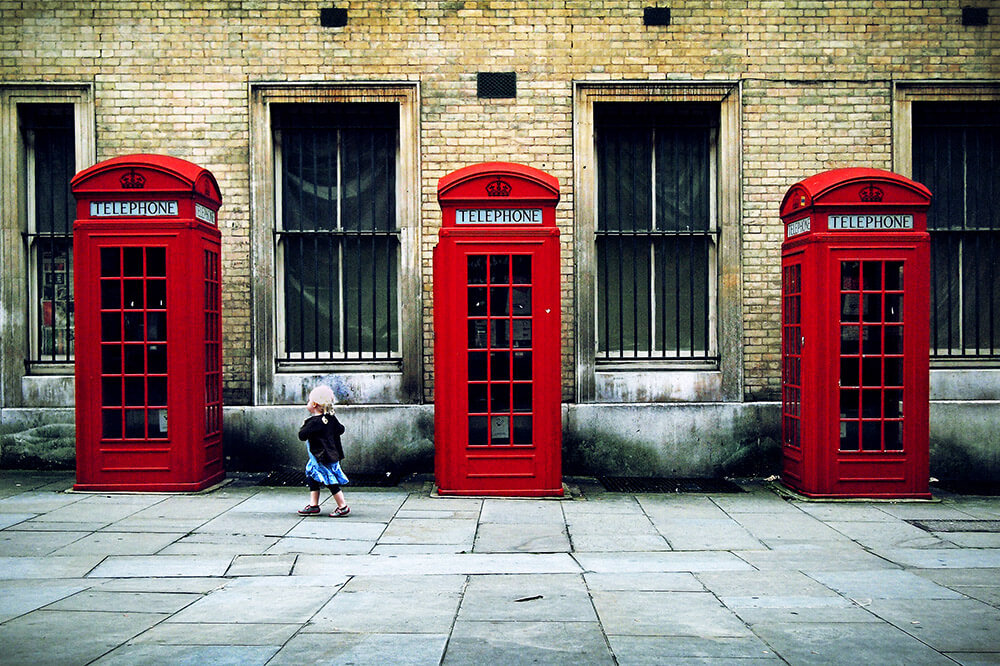The smart Trick of Street Photographers That Nobody is Discussing
The smart Trick of Street Photographers That Nobody is Discussing
Blog Article
The Ultimate Guide To Street Photographers
Table of ContentsSome Known Facts About Street Photographers.Street Photographers - QuestionsThe smart Trick of Street Photographers That Nobody is DiscussingRumored Buzz on Street PhotographersThe Only Guide to Street Photographers
, a category of digital photography that documents day-to-day life in a public area. The very publicness of the setting allows the professional photographer to take honest images of unfamiliar people, commonly without their knowledge. Road photographers do not always have a social purpose in mind, but they like to separate and catch moments which may or else go unnoticed.He was affected by numerous of those who affected the road professional photographers of the 1950s and '60s, he was not primarily interested in capturing the spirit of the road. The impulse to visually document people in public started with 19th-century painters such as Edgar Degas, douard Manet, and Henri de Toulouse-Lautrec, who worked side by side with digital photographers trying to record the essence of city life.
Since of the fairly primitive innovation offered to him and the lengthy exposure time called for, he had a hard time to record the hustle and bustle of the Paris roads. He trying out a collection of photo techniques, attempting to find one that would enable him to record activity without a blur, and he located some success with the calotype, patented in 1841 by William Henry Fox Talbot. As opposed to Atget, photographer Charles Marville was employed by the city of Paris to produce an encyclopaedic file of Haussmann's metropolitan preparation job as it unravelled, thus old and brand-new Paris. While the professional photographers' subject was essentially the exact same, the results were substantially different, demonstrating the effect of the professional photographer's bent on the personality of the photos he created.
Street Photographers Fundamentals Explained
Offered the fine quality of his pictures and the breadth of product, designers and musicians commonly acquired Atget's prints to use as referral for their own job, though business interests were hardly his main inspiration. Rather, he was driven to photo every last residue of the Paris he liked.

Unlike his peers, Brassa made use of a larger-format Voigtlnder video camera with a longer exposure time, requiring him to be extra calculated and thoughtful in his method than he may have been if making use of a Leica.

The 30-Second Trick For Street Photographers
It is due to this essential understanding of the art of picture taking that he is commonly attributed with discovering the tool throughout again approximately a century considering that its invention. He took photos for greater than a half century and influenced generations of professional photographers to trust their eye and instinct in the minute.
These are the inquiries I shall try to respond to: And after that I'll leave you with my very own interpretation of street photography. Yes, we do. Let's begin with defining what a definition is: According to it is: "The act of specifying, or of making something precise, unique, or clear".
No, certainly not. The term is both limiting and misleading. Seems like a road digital photography ought to be images of a streets ideal?! And all street professional photographers, with the exception of a handful of absolute newbies, will totally value that a road is not the essential element to road photography, and in fact if it's an image you can check here of a road with maybe a few uninteresting individuals not doing anything of rate of interest, that's not road digital photography that's a photo of a street.
All about Street Photographers
He makes a valid my website factor don't you assume? Nonetheless, while I concur with him I'm uncertain "honest public photography" will certainly catch on (although I do sort of like the term "candid digital photography") because "road digital photography" has been around for a lengthy time, with numerous masters' names affixed to it, so I think the term is below to remain.
Inside?! I hear you shout as you shake your hand to the sky. Why not? You can shoot at the beach, at a celebration, in an alley, in a park, in a piazza, in a coffee shop, at a museum or art gallery, in a metro terminal, at an event, on a bridge, under a bridge ...
Yes, I hesitate we have no choice! Without policies we can not have a definition, and without an interpretation we don't have a category, and without a style we do not have anything to define what we do, therefore we are stuck in a "rules meaning category" loop! And no-one wants to get embeded a loophole. - Street Photographers

Report this page